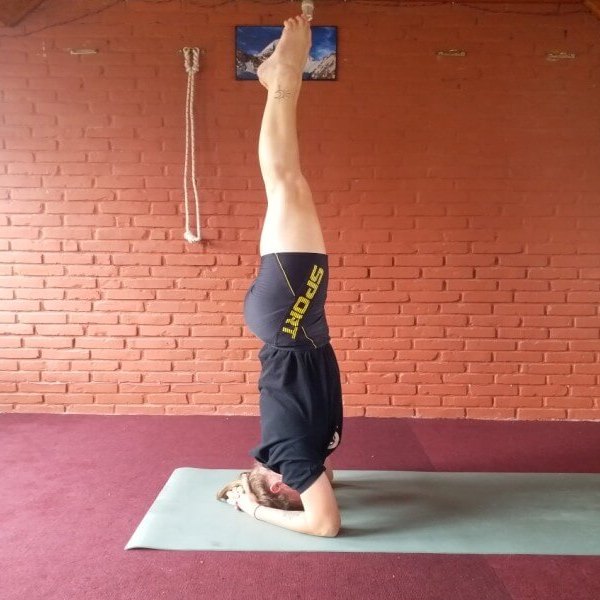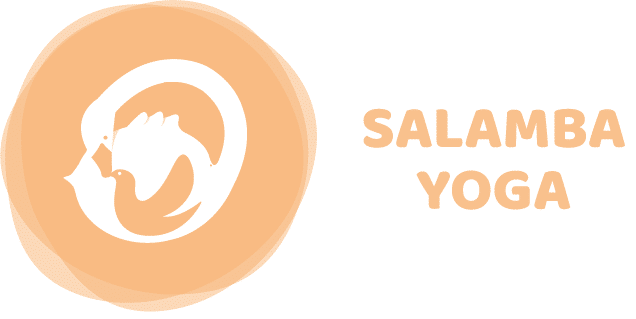Salamba : Supported – Sirsa : Head – Asana : Posture
Also known as the king of postures, sirsasana is heating in nature and thus should always be practiced before shoulder standInstructions:
- Kneel down and rest the forearms on the mat
- Palms should face up; cup the fingers on the top of the shoulders
- Elbows should be in line with the shoulders
- Interlace the fingers and move the tips of the fingers in opposite directions
- The metacarpals of the fingers should be parallel
- Pinky finger metacarpals should move forward and index finger metacarpals should move back
- Press the inner elbows down and lift the inner triceps away from the inner elbows simultaneously
- Rest the crown of the head in between the hands
- The inner palms should support the mastoids
- Lift the knees up and walk the feet closer to the body
- Fold the legs and bring the heels to the glutes
- Hug the knees together and bring the knees up pointing toward the ceiling
- Straighten up the legs with an exhalation
- Shoulders should move away from the floor and forearms should be firmly placed on the mat
- Shoulder blades should stick to the ribcage and frontal lower ribs should be soft
- Adductors should be actively engaged and outer ankles should be pointed up
- Stay in the pose for 1 – 5 minutes
- Exhale, bring legs down softly and relax in child’s posture

Variations :
- Two yoga chairs can be used for beginners and for those with neck problems
- Head stand can be done with a wall for beginners
- Yoga ropes attached with wall can be used to do sirsasana
Benefits:
- Helps direct the blood flow to the heart and the head
- Rejuvenates the brain cells
- Enhances the sense of balance
- Strengthens the nervous system
Interested in joining our Yoga Teacher Training?
We have limited openings, so enroll now
